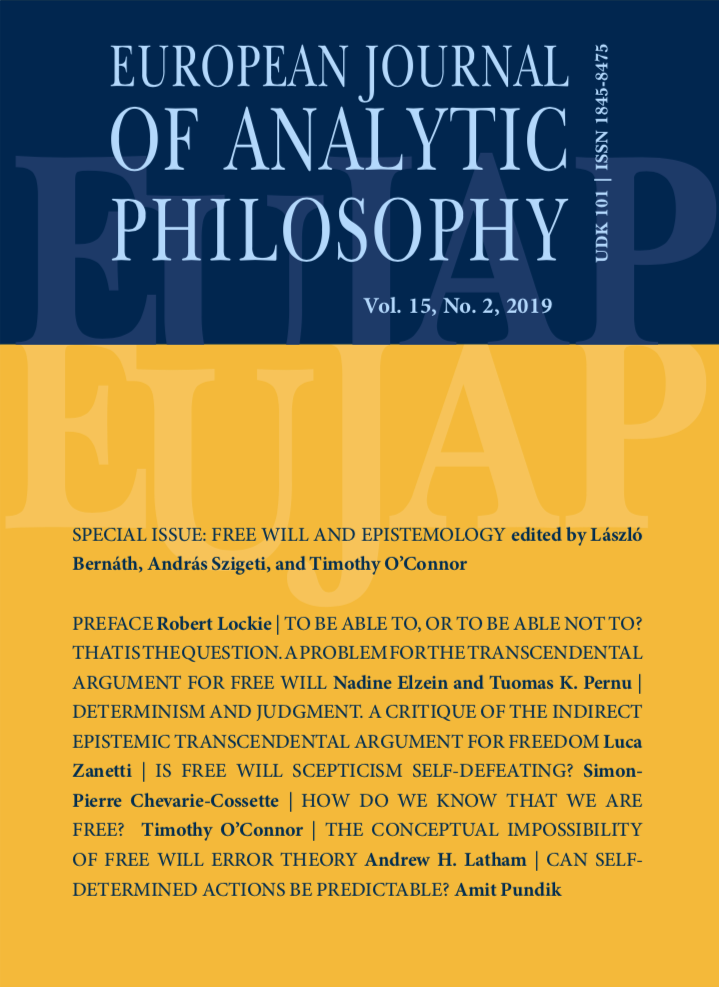Following recent discussions on norms for publishing work created with AI (see, e.g., this post on Daily Nous), I have been considering what stance the European Journal of Analytic Philosophy should adopt with regards to AI and authorship. It appears that large language models (LLMs) such as ChatGPT are likely to persist and gain greater usage in various tasks. In particular, considering my personal experience, researchers working in a foreign language may particularly benefit from utilizing LLMs such as ChatGPT. In light of the current situation, I believe that academic publishing should explore ways to effectively integrate and utilize this new technology, instead of solely focusing on its potential drawbacks.
However, the question remains: what should academic journals’ policy be regarding the use of AI in the writing process? I do not believe that AI, such as ChatGPT, should necessarily be listed as co-authors on papers, even if they played a significant role in generating text.
However, to maintain transparency, the Editorial board of EuJAP would like to encourage authors, reviewers, and editors to mention the use of an AI LLM and the extent of its usage during the different stages of the submission process. To reflect this policy, a section will be added to our publication ethics guidelines, author guidelines, and reviewer guidelines, requiring the main participants in the publication and review processes to disclose the use of an AI module.
We will use the following guidelines for acknowledging AI generated text that has contributed to academic papers (adopted from Steipe, Boris (2023) “Silicone Coauthors”. Sentient Syllabus 2023-01-27 https://sentientsyllabus.subst
The Journal does not exclude the use of AI generated text. However, all authors (including reviewers and editors) take full responsibility for its factual accuracy and the proper acknowledgement of sources. In the acknowledgement section of your manuscript or the title page (depending on the submission/publication stage) or in other kind of reports you must identify the AI that was used, and the extent of the contribution. For instance, ChatGPT (version or the date when the AI was used).
Depending on the level of the AI contribution, the acknowledgement section should contain more specific information about the level of contribution of the AI.
The contribution level of the AI can be defined as follows:
negligible – means the AI only made minor changes to the manuscript’s style or grammar;
modest – means the AI made important suggestions but was not the primary driver of the research or had an essential role in writing the manuscript;
substantial – means the AI made several crucial suggestions that shaped the research and the manuscript could not have been completed without it.
If the contribution of the AI is “negligible”, there is no requirement to mention its usage during the submission or review and publication processes. However, for any other level of contribution, it is expected that authors will report the extent of AI usage. In cases where the AI contribution is “substantial”, authors, reviewers, and editors should provide a comprehensive description of the AI usage and its contributions in a narrative format.
Marko Jurjako, Editor-in-Chief of EuJAP
Acknowledgments
I would like to express my appreciation to Boris Steipe, Luca Ferrero, and Kerry McKenzie for their help in formulating and editing the guidelines.

